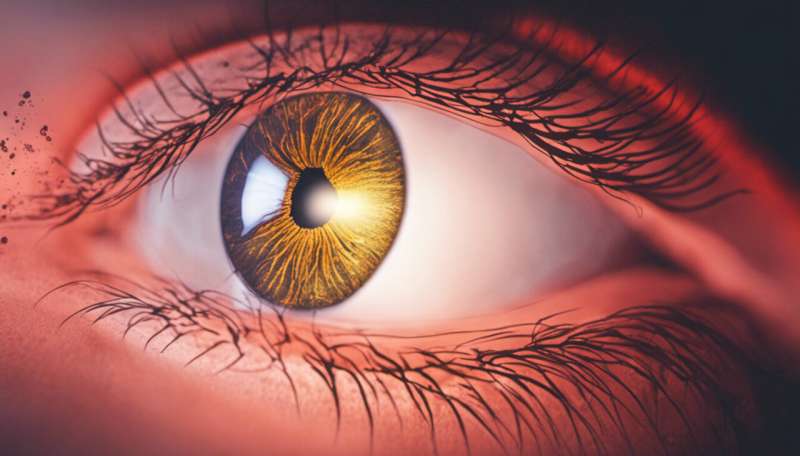Laser-based technology helps doctors image full eye in 3-D

It is estimated that in 2015, 217 million people had moderate to severe vision impairment, while 36 million were blind, according to an article in the journal The Lancet Global Health. The World Health Organization predicts that about 80 % of vision impairment globally is preventable or curable. Early diagnosis is crucial for effective interventions.
Researchers supported by the EU-funded photonics innovation incubator ACTPHAST 4.0 have introduced "a swept light source technology that makes it possible to take full 3-D OCT [optical coherence tomography] images of the eye," says a news release posted on the project website. The technology, developed by scientists from the Technical University of Denmark (DTU), "is being commercialised by the university spin-out company OCTLIGHT ApS. With support from Europe's 'one-stop-shop' incubator for photonics innovation, ACTPHAST 4.0 OCTLIGHT has been able to solve a critical challenge in miniaturizing the packaging of this novel laser technology to meet commercial marketplace demands." The non-invasive OCT technique is widely used by eye specialists, but it doesn't have the speed to take a full image of the eye due to constant eye movements.
Improved diagnosis and treatment
Quoted in the news release, CEO of OCTLIGHT Dr. Thor Ersted Ansbæk, says, "The field of vision and depth is critical to diagnosing diseases of the retina. Our technique allows you to image the whole eye from front to back in 3-D. It scans faster so you can image a larger part of the retina. It allows you to image 150 degrees of the retina, and penetrates all the way into the eye, allowing you to see all the layers of the retina." Doctors will be better able to diagnose and treat eye diseases like cataracts, diabetic retinopathy and cancer thanks to the laser-based method.
The news release adds: "Cataract surgery is one of the most performed surgeries in the West. Imaging the whole eye is critical with diseases such as cataracts where the lens becomes cloudy and has to be replaced. 3-D full eye imaging will enable surgeons to work out what lens to use and plan the operation much more accurately than previously." The new method is also beneficial for tackling conditions such as age-related macular degeneration, which could lead to severe, irreversible vision loss in people over age 60 unless treated.
The ongoing ACTPHAST 4.0 (ACceleraTing PHotonics innovAtion for SME's: a one STop-shop-incubator) was launched to offer "photonics and non-photonics companies and researchers with one-stop-shop access to a wide range of existing cutting edge photonics technology platforms from Europe's top research centres," as noted on the project website. It focuses on first users and early adopters across diverse end-user industries and provides photonics innovation support that's timely, effective and cost-efficient. The project website also states: "ACTPHAST 4.0 is closely aligned with the Photonics Pilot Lines and Mass Manufacturing in Europe to seamlessly progress successful prototypes developed through the ACTPHAST 4.0 incubator all the way to large-scale production and market-ready products."
More information: Rupert R A Bourne et al. Magnitude, temporal trends, and projections of the global prevalence of blindness and distance and near vision impairment: a systematic review and meta-analysis, The Lancet Global Health (2017). DOI: 10.1016/S2214-109X(17)30293-0
Provided by CORDIS



















